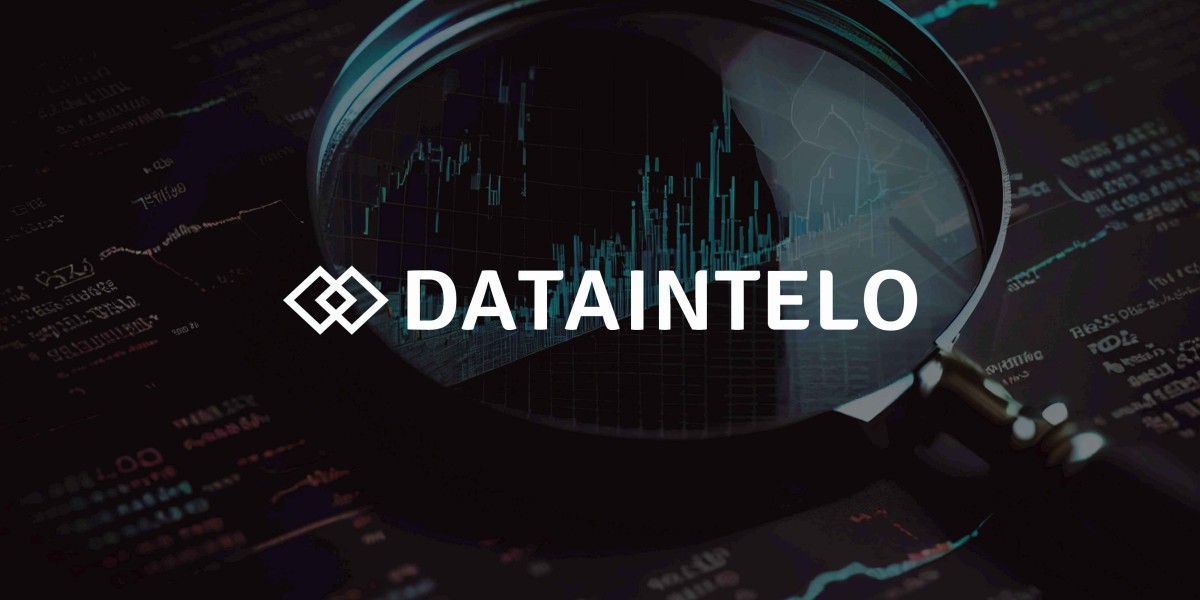In the era of digital transformation, the Internet of Things (IoT) has become the cornerstone of smart building innovation. From office towers to residential complexes and industrial facilities, IoT technology is redefining how we interact with our built environments. By integrating sensors, actuators, and smart systems, buildings are becoming more energy-efficient, secure, comfortable, and responsive to occupants’ needs.
This comprehensive guide explores the applications of IoT in smart buildings, how the software behind them works, the benefits they bring, how to develop these systems, and real-world use cases. Whether you're a facility manager, software developer, or investor, this guide will show you why smart buildings are the future—and how to be a part of it.
1. What Are Smart Buildings?
Smart buildings are structures equipped with IoT-enabled systems that gather data and automate key operations such as lighting, HVAC (Heating, Ventilation, and Air Conditioning), access control, security, energy usage, and maintenance. These buildings use real-time data analytics to make decisions that enhance comfort, improve energy efficiency, and ensure safety.
IoT plays a vital role in enabling this intelligence by acting as the sensory nervous system of the building—collecting and transmitting data across systems.
2. How IoT Software in Smart Buildings Works
The core idea of IoT in smart buildings is to collect and act on data. Here's how the software system operates step-by-step:
a. Sensors and Data Collection
Sensors are installed throughout the building to monitor:
Temperature
Humidity
Light levels
Occupancy
Air quality
Motion
Water leaks
Energy consumption
b. Data Transmission
These sensors transmit data to a central processing unit via Wi-Fi, Bluetooth, Zigbee, or LoRaWAN. Edge devices or gateways often pre-process the data before sending it to the cloud.
c. Cloud Processing and Analytics
In the cloud, the software aggregates data and applies AI or machine learning algorithms for deeper insights. For example:
An HVAC system may learn usage patterns and adjust temperatures automatically.
A lighting system may dim or brighten based on occupancy and natural light.
d. Automation and Control
Based on data analytics, commands are sent to actuators and devices to perform actions:
Turn lights on/off
Adjust room temperature
Lock/unlock doors
Send alerts or notifications
e. User Interface
Facility managers and users access dashboards or mobile apps to:
Monitor real-time conditions
Set preferences
Receive alerts
Analyze historical performance
3. Benefits of IoT in Smart Buildings
Integrating IoT into buildings yields multiple advantages:
a. Energy Efficiency
Automatically control lighting, HVAC, and appliances based on occupancy and ambient conditions.
Reduce unnecessary energy use and lower utility costs.
b. Enhanced Security
Smart surveillance, motion detection, and facial recognition improve physical security.
Real-time alerts for unauthorized access or fire hazards.
c. Predictive Maintenance
Monitor equipment health and predict failures before they occur.
Schedule maintenance proactively, reducing downtime and repair costs.
d. Occupant Comfort
Adjust room temperature, lighting, and air quality according to individual preferences.
Improve workplace productivity and resident satisfaction.
e. Operational Efficiency
Streamline facility management with centralized control and monitoring.
Reduce manual intervention and labor costs.
f. Data-Driven Decisions
Facility managers gain insights into usage patterns, space utilization, and performance metrics.
Improve strategic planning and asset management.
4. Popular IoT Use Cases in Smart Buildings
a. Smart HVAC Systems
Automatically adjusts heating and cooling based on occupancy and outdoor conditions. Helps in energy conservation while maintaining comfort.
b. Smart Lighting
Uses motion and daylight sensors to control lights in real-time. Lights turn off in unoccupied rooms and dim based on available sunlight.
c. Access Control and Smart Locks
Enables keyless entry, biometric authentication, and remote access control. Tracks who enters and exits the building.
d. Indoor Air Quality Monitoring
Monitors CO2 levels, humidity, temperature, and pollutants. Helps improve occupant health and productivity.
e. Smart Meters and Energy Management
Real-time monitoring of energy consumption per unit, tenant, or floor. Identifies wastage and enables usage-based billing.
f. Space Utilization and Room Booking
Detects which rooms are occupied and optimizes workspace usage. Allows employees to reserve meeting rooms via an app.
g. Leak Detection and Water Monitoring
Detects plumbing leaks early to prevent flooding and water damage.
h. Fire Safety and Emergency Alerts
Sensors detect smoke or unusual heat levels and automatically alert emergency services and building occupants.
5. How to Develop IoT Software for Smart Buildings
Building an IoT solution for smart buildings requires expertise in software, hardware, networking, and user experience design. Here’s how you can develop such software:
a. Define the Use Cases
Start by identifying what problems you want to solve:
Energy savings?
Occupant safety?
Predictive maintenance?
b. Choose the Hardware
Select appropriate sensors, gateways, and edge devices:
Temperature, humidity, and occupancy sensors
Smart meters and switches
Actuators and cameras
c. Set Up Connectivity
Use protocols like:
Wi-Fi for bandwidth-heavy applications
Zigbee/Bluetooth for low-power local communication
LoRaWAN for long-range, low-power requirements
d. Develop the Backend Infrastructure
Cloud platforms like AWS IoT, Azure IoT Hub, and Google Cloud IoT offer scalable infrastructure. Develop:
Data ingestion pipelines
Real-time analytics engines
Databases for historical data
e. Build the AI/ML Layer
Implement models to:
Predict energy usage
Detect anomalies (e.g., unusual access)
Recommend actions (e.g., schedule HVAC operations)
f. Create the User Interface
Develop dashboards and mobile apps for building managers, technicians, and users:
Visualizations
Alerts and notifications
Controls (e.g., thermostat or lighting)
g. Testing and Compliance
Ensure software is secure, reliable, and complies with local building regulations and privacy laws (like GDPR or HIPAA).
h. Integration with Third-Party Systems
Integrate with Building Management Systems (BMS), ERP systems, or smart city platforms for broader functionality.
6. Challenges to Consider
Despite its potential, IoT in smart buildings comes with challenges:
Data Privacy: Storing and transmitting personal and behavioral data raises privacy concerns.
Interoperability: Ensuring devices from different vendors work seamlessly together.
Cybersecurity: Buildings are vulnerable to hacking if systems are not well-secured.
Cost of Implementation: Initial hardware and setup costs may be high.
Maintenance and Upgrades: Continuous updates are necessary to maintain efficiency and security.
7. Real-Life Use Cases
a. The Edge, Amsterdam
Dubbed the “smartest building in the world,” The Edge uses thousands of sensors to manage lighting, air conditioning, cleaning schedules, and even coffee machines based on usage.
b. Bank of America Tower, New York
This skyscraper uses IoT to optimize HVAC systems, lighting, and energy use, reducing carbon emissions significantly.
c. Microsoft’s Redmond Campus
Microsoft integrates IoT into their campus to monitor space utilization, HVAC systems, and energy management, reportedly saving over $1 million annually.
d. Cisco Smart+Connected Communities
Cisco implemented smart building technologies in several global cities, integrating IoT to improve safety, reduce energy use, and streamline services.
e. Smart Residential Complexes in India
Many new housing societies use IoT for gate access control, water level monitoring, common area lighting, and even garbage collection alerts.
8. Future Outlook
The global smart building market is expected to exceed $160 billion by 2028. Emerging trends include:
Digital Twins: Real-time 3D simulations of buildings for testing and diagnostics.
Voice-Activated Controls: Use of AI assistants like Alexa and Google Assistant for building automation.
Integration with Smart Cities: Seamless interaction between smart buildings and city infrastructure like traffic, weather, and utilities.
Interestingly, some developers have begun integrating Transportation software Development techniques into smart building ecosystems—particularly for logistics, automated parking, and last-mile delivery inside residential or office complexes. This integration bridges mobility and infrastructure for a smarter urban experience.
Conclusion
IoT is revolutionizing the way buildings operate—making them smarter, safer, more efficient, and more comfortable. With a solid understanding of how IoT software works, its benefits, and development strategies, stakeholders can unlock powerful new capabilities in real estate and infrastructure.
By investing in IoT for smart buildings today, organizations set the stage for sustainable, data-driven, and highly efficient operations tomorrow. Whether you're a building manager, city planner, or tech entrepreneur, the smart building revolution is well underway—and now is the time to join it.








